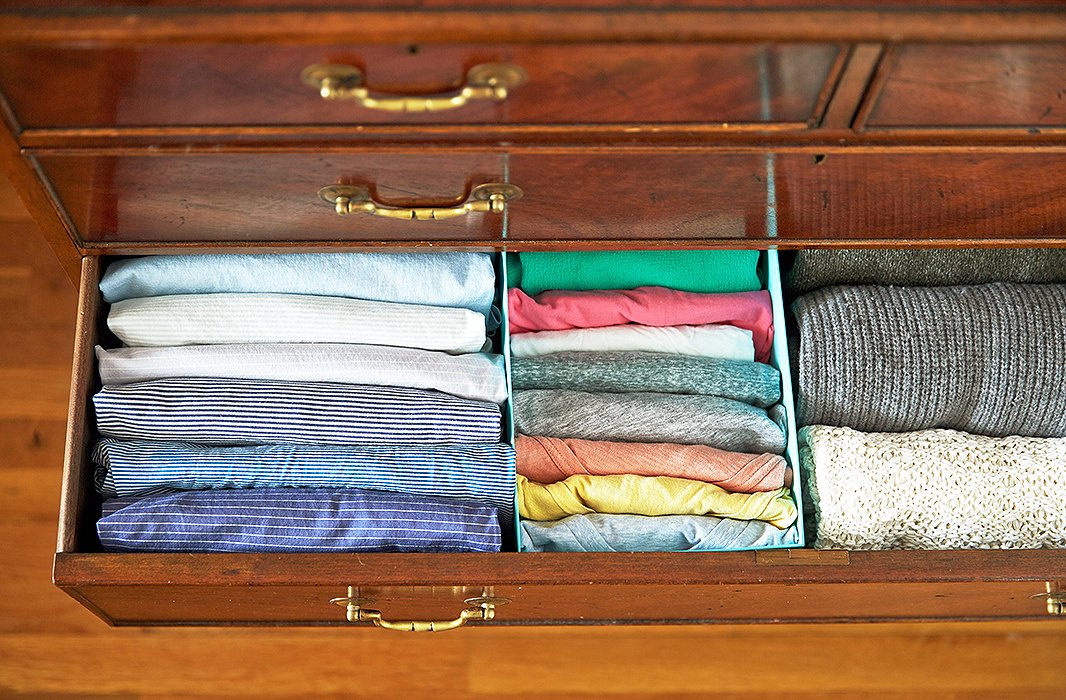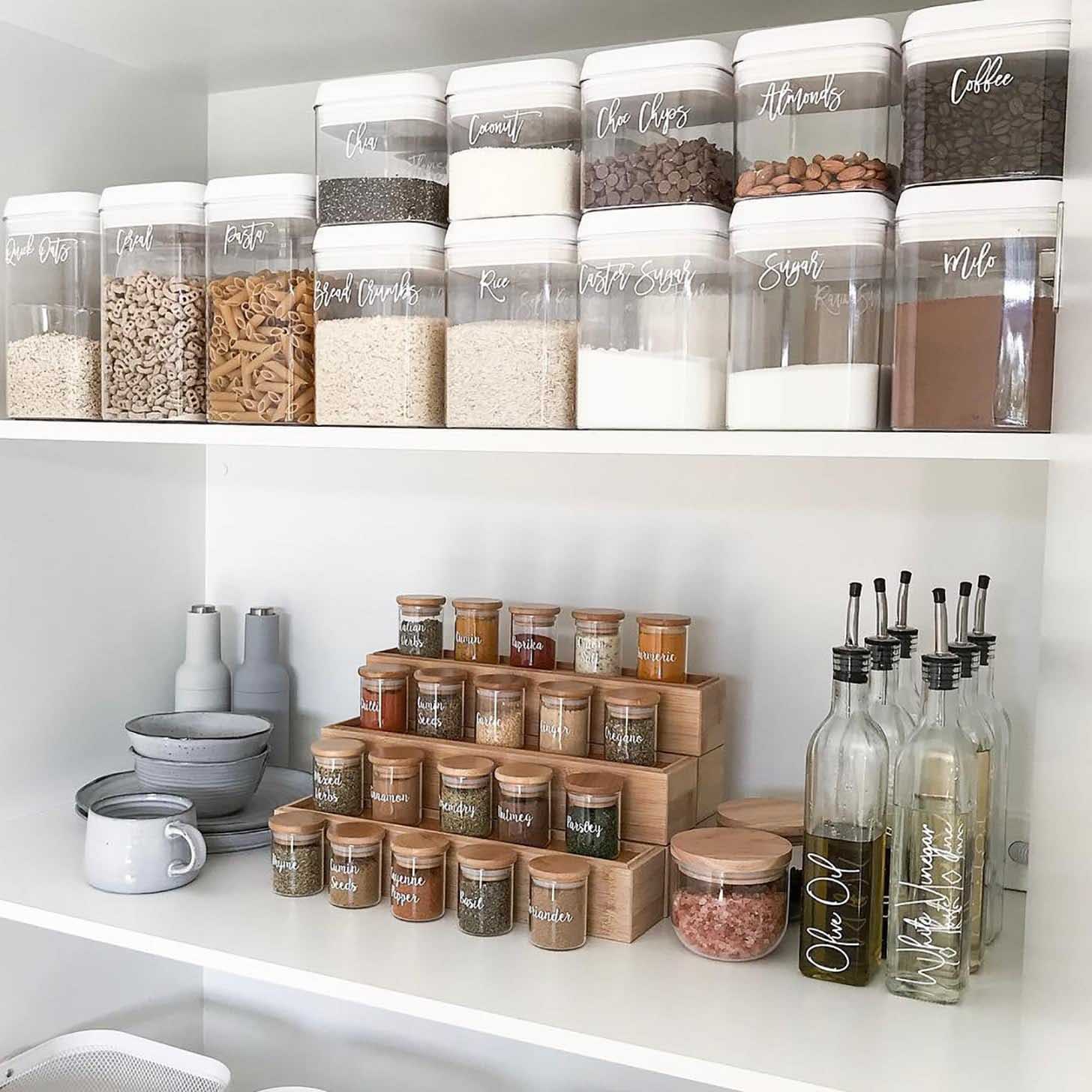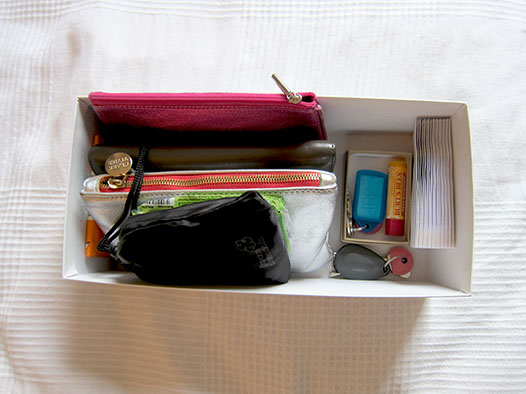







Simple Home Remedies to Reduce Phlegm and Mucus in the Chest and Throat
Colds, sneezing, and coughs are common ailments that can leave you feeling drained and uncomfortable. One of the most frustrating symptoms is dealing with persistent mucus that lingers in your chest and throat, often disrupting your daily life and making it difficult to breathe or stay active.
While this issue typically resolves on its own, excessive mucus production can lead to prolonged coughing, throat irritation, and breathing challenges, negatively impacting your quality of life. Fortunately, there are effective remedies you can try at home to help clear mucus and breathe easier.
Understanding Mucus and Why It Accumulates
Mucus is a thick, slippery substance produced by the mucous membranes lining the respiratory tract, including the nasal passages, throat, and lungs. It serves an important role in trapping dust, bacteria, and other foreign particles while keeping airways moist.
However, when mucus production increases due to colds, allergies, respiratory infections, smoking, or exposure to irritants, it can accumulate and become bothersome. This can cause coughing, throat irritation, congestion, and difficulty breathing.
Natural Remedies to Clear Mucus at Home
Instead of immediately turning to medications, consider trying these simple and effective home remedies:
- Stay Hydrated
Drink plenty of fluids throughout the day to thin mucus, making it easier to expel. Water, herbal teas, warm broths, and soups are excellent choices. - Salt Water Gargling
Gargling with a solution of warm water and salt helps reduce throat mucus and soothes irritation. Mix ½ teaspoon of salt in a glass of warm water, gargle for 30–60 seconds, and repeat as needed. - Steam Inhalation
Inhaling steam can loosen mucus and moisten airways. Lean over a bowl of hot water with a towel over your head or use a steam inhaler for best results. - Warm Compress
Applying a warm compress to your chest or throat can help loosen mucus and relieve congestion. Soak a towel in hot water, wring it out, and place it on the affected area. - Honey and Lemon
Mix a tablespoon of honey with warm water or herbal tea, adding a squeeze of fresh lemon juice. Honey soothes the throat, while lemon helps break down mucus. You can also incorporate ingredients like ginger, garlic, or cayenne pepper for added benefits. - Use a Humidifier
A humidifier adds moisture to the air, which can help loosen chest and throat mucus. Clean the humidifier regularly to prevent bacterial buildup. - Nasal Irrigation
Rinsing the nasal passages with saline solution or using a neti pot can help clear mucus and reduce nasal congestion. - Avoid Irritants
Stay away from cigarette smoke, air pollution, and strong chemical odors, as these can worsen mucus production and inflammation.
Practices to Avoid
To effectively manage mucus buildup, steer clear of actions that may aggravate the issue:
- Smoking: Smoking and secondhand smoke increase mucus production and harm the respiratory system.
- Dairy Products: These can thicken mucus, making it harder to expel.
- Sugary Foods and Drinks: Excess sugar can contribute to mucus production and inflammation.
- Overuse of Decongestants: Prolonged use of decongestant sprays can cause rebound congestion.
- Suppressing Coughing: Coughing is a natural way for the body to expel mucus. Avoid overusing cough suppressants unless advised by a healthcare professional.
When to Seek Medical Help
If your symptoms persist, worsen, or are accompanied by other concerning signs such as fever, chest pain, or difficulty breathing, consult a healthcare provider for a proper diagnosis and treatment plan.
By following these simple home remedies and avoiding common triggers, you can manage mucus buildup in your chest and throat, improving your respiratory health and overall well-being.
The Magic Of Tidying Up: How To Declutter And Organize The House

The Life-Changing Magic of Tidying Up by Marie Kondo, along with the Netflix series that followed, became a hot topic of conversation earlier this year. Kondo’s method’s central tenet is to ascertain whether an item “sparks joy.” If it doesn’t, it’s clutter that you don’t need. Here’s how to implement Kondo’s organizing techniques in your own house:

1. See Whether It Makes You Happy

Kondo advises going through everything in your house, taking an item in your hand, and asking yourself if it makes you happy. Like your preowned engagement ring, it’s time to part with anything if you don’t feel good about it. You can give it to someone who will value it higher or sell it. This holds true for your clothes in addition to furniture and trinkets.
2. Sort by Category Rather Than Room

Kondo advises classifying everything and sorting through it that way rather than walking through your house room by room. You’ll be able to see everything you have in that grouping with clarity in this method.
3. Folding Vertically

One of Kondo’s more avant-garde thoughts is perhaps the vertical folding technique. You’ll be able to see every article of clothing if you fold and store it upright because nothing will be hidden behind overturning heaps.
4. Spotless Containers

Food, according to Kondo, usually comes in loudly labeled, vibrantly colored cartons when it is purchased. She suggests moving your food to “clean” containers so that your cupboard becomes a peaceful, cozy space rather than a chaotic one.
5. Apparel

According to Kondo, it’s critical to keep track of every item of clothes you wear throughout a given season when keeping it. To avoid buying items you already own, she also suggests pairing up similar-type and colored clothing.
6. Handbags

When it comes to purses, Kondo advises making it a daily habit to empty your luggage. Move the contents to a different box that corresponds to the things you’ll need on a daily basis for your purse. She also suggests keeping the bags inside one another to conserve space and keep the bags from losing their shape.
7. Images

Although it can be difficult to part with photos, according to Kondo, you should only actually save the ones that are incredibly memorable. To find out how Kondo saves and arranges her pictures, go this link.
8. Textbooks

According to Kondo, you ought to divide your book collection into two sections: those you have already read and those you have been meaning to get around to but haven’t yet. The first batch can be donated because they have fulfilled their purpose. It’s likely that you won’t read the second bunch if you haven’t before, and they can also be given. She advises preserving only your all-time favorite books.
9. Work Area

You must have a functional workspace. Eliminate everything from your workstation that does not support the work you are performing because of this. Kondo recommends storing critical documents, etc. in vertical files.



Leave a Reply